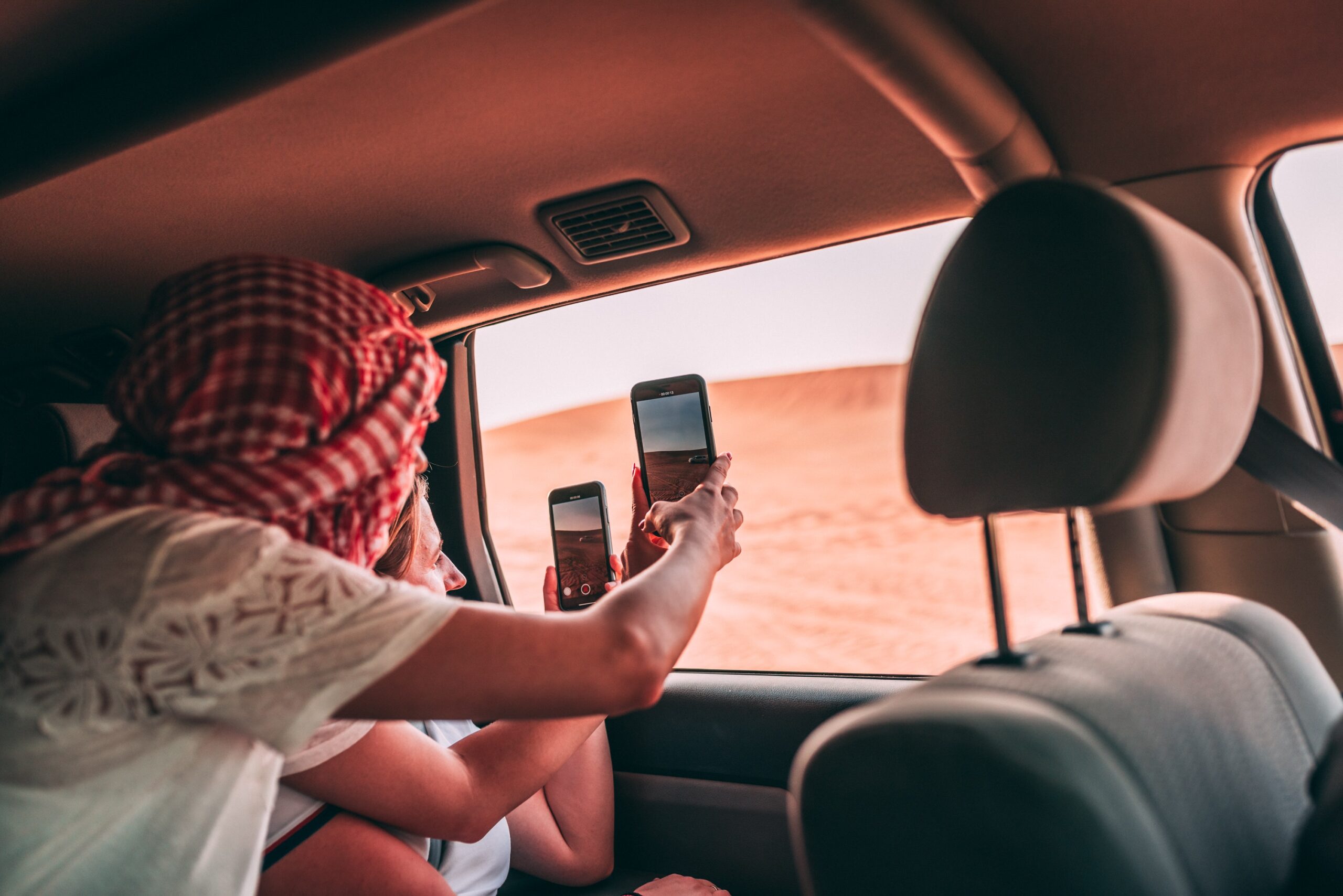Safari adventures are not just about immersing yourself in the breathtaking landscapes and observing wildlife in their natural habitat; they’re also a perfect opportunity to capture these incredible moments through the lens of your camera. To help you make the most of your safari photography experience, we’ve gathered some valuable tips and tricks from the experts at Akili Travel. Whether you’re a novice or an experienced photographer, these insights will enhance your skills and ensure you return home with stunning wildlife photographs.
1. Invest in the Right Gear
Before embarking on your safari, it’s essential to have the right equipment. A good DSLR or mirrorless camera with a telephoto lens (200mm or longer) is ideal for capturing distant wildlife. Additionally, bring along a sturdy tripod to stabilize your shots, as well as extra memory cards and batteries. The African wilderness is unpredictable, and you wouldn’t want to miss out on a perfect shot due to technical issues.
2. Understand Your Camera
Familiarize yourself with your camera’s settings, especially those related to exposure, focus, and white balance. Wildlife can be elusive, and you need to be quick on the draw to capture those fleeting moments. Practice using your camera in various lighting conditions and different settings before your safari to be prepared for any situation.
3. Use the Right Settings
While on safari, you’ll often encounter fast-moving subjects. To freeze the action and capture sharp images, use a fast shutter speed (1/500 or faster). Additionally, shooting in Aperture Priority mode (usually denoted as ‘A’ or ‘Av’ on your camera) will allow you to control the depth of field, making your subject stand out against a beautifully blurred background.
4. Patience is Key
Wildlife photography demands patience. Animals may not always be in the perfect position or in the best light for your shot. Instead of rushing, take your time, and observe their behavior. Be ready to wait for that perfect moment when the lion stretches or the elephant trumpets – these are the shots that tell a story.
5. Composition Matters
Pay attention to the composition of your photos. Use the rule of thirds to create balanced and visually pleasing shots. Experiment with different angles, such as shooting from a lower perspective to capture animals from eye level. Also, consider the background – a cluttered background can distract from your subject, so look for clean and unobtrusive backgrounds.
6. Play with Light
The quality of light can make or break a photograph. Early mornings and late afternoons, often referred to as the golden hours, provide soft, warm light that enhances the colors and textures of your subjects. Be prepared to wake up early and stay out late to take advantage of these magical moments.
7. Be Respectful of Wildlife
Remember that you’re a guest in the animals’ home. Keep a safe distance and use long lenses to avoid disturbing them. Never approach or provoke wildlife for the sake of a photograph. The safety and well-being of the animals should always be your top priority.
8. Capture the Details
While it’s tempting to zoom in on the entire animal, don’t forget to capture the details. Focus on an animal’s eyes, fur, or distinctive features to create compelling and intimate portraits. These close-up shots can reveal a world of character and emotion.
9. Practice Ethical Editing
Editing is a crucial part of photography, but it’s essential to maintain the authenticity of your images. Adjust exposure, contrast, and color balance as needed, but avoid excessive manipulation that alters the reality of the scene. Responsible editing ensures your photos remain a true representation of the wildlife you encountered.
10. Keep Learning
Lastly, never stop learning and improving your photography skills. Attend workshops, read books, and seek feedback from fellow photographers. Every safari is a chance to refine your craft and create more stunning images.
In conclusion, safari photography is an art that combines patience, technical skills, and an appreciation for nature’s beauty. With the right equipment and a mindful approach, you can capture the magic of the wild and relive your safari adventure through your photographs. Follow these tips and tricks from Akili Travel experts, and you’ll be well on your way to creating a captivating visual story of your African safari.


